Small-scale agro-ecological restoration // An opportunity to strengthen the bonds of solidarity, participation and mutual commitment in the family
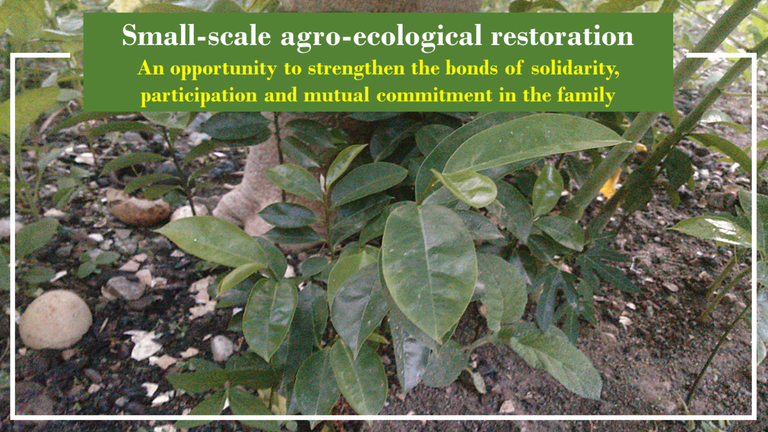
Greetings friends of @ecoTrain and @NaturalMedicine, generally the articles that I usually share in the platform #Hive, are reduced to a style of methodological approach framed in the scientific method under a flexible approach, most of the content arises from my activities of teaching and university research, fundamentally the publications deal with agro-morphological determinations obtained in the experimental spaces of the UNESUR - Venezuela, which is the university institution where I work as professor of Agricultural Botany, I must confess that I used to spend almost all my time at the university campus, doing consulting work for my students and thesis students, as well as hours of classes in the classroom, hours of classes in the laboratory, and field activities, among other responsibilities inherent in the activity of university teaching and research. In short, my daily hours were dedicated exclusively to the university, so that since my arrival at the platform I was able to socialize much of my teaching and research activities, both in the laboratory and in the field.
However, after the prohibitions of the pandemic by Covid-19, this reality changed completely, since the university decided to develop distance classes via online restricting the presence of staff on campus, this acted as a kind of brake on the pace of work to which I was already accustomed, then I decided to take advantage of the days of confinement and I devoted myself for the first time, to establish small-scale crops in a small space in my house, I must say that these have been wonderful months full of mistakes, but also of enriching experiences, as well as family anecdotes, and the most important thing is that I have been able to record the behaviors and biological interactions of the plant materials that I have planted to date, among these; Yucca, Sweet Pepper, Milky, Soursop, Orange, Lemon, Oregano, Aloe, Lemon balm, Malojillo, Sour cane, Mint, and Lily, established in an area of 25 square meters, it is important to mention that the soil is not entirely suitable, because it contains debris and many stones, in the center has a concrete floor, however, to counteract these drawbacks I have developed and applied organic fertilizer before planting.
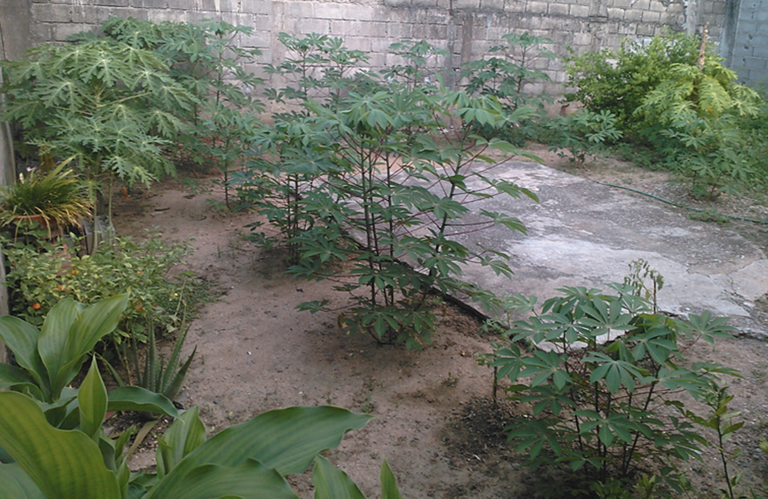
Fig. 2 Side view of the space used. Author: @lupafilotaxia.
In this sense, in the middle of my daily family life, where different sunrises and sunsets prevail, loaded with care activities to each of our plants, applying water, weeding a few meters day after day, preparing organic products, establishing seedbeds, doing transplants of the plastic structures to definitive field, they are things that have made me grow as person, and I wanted from this publication to share with all of you, each one of my experiences and those of my family in the agro ecological restoration of the patio of our house, in this opportunity I considered opportune to share some pictures and general notes.
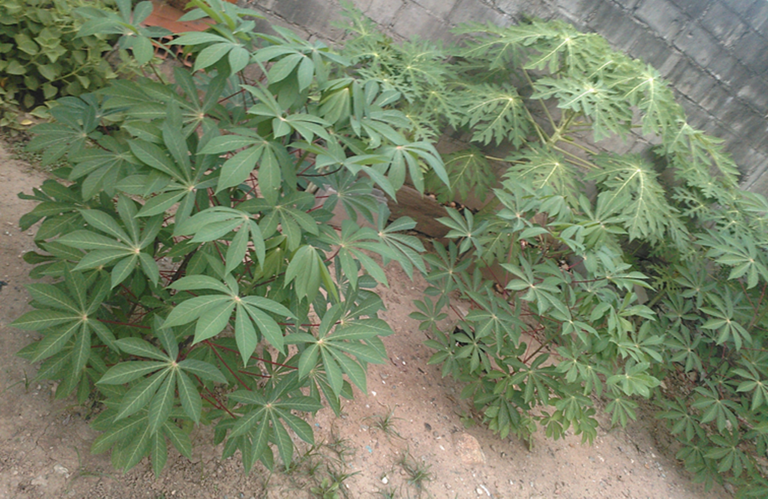
Fig. 3 Cassava (Manihot esculenta) is the main crop. Author: @lupafilotaxia.
There is no doubt that in every process of change there are opportunities, in my case this situation is allowing me to recover the patio of our home, through the establishment of species of food and phytomedicinal interest on a small scale. In this context, I will be making fundamental contributions to the structuring of small spaces to create micro-gardens, under agro-ecological approaches and technologies, as a means for many users of #Hive who live in spaces with relative limitations, to develop alternatives for food production that will allow them to have food available in a timely, permanent and safe manner.
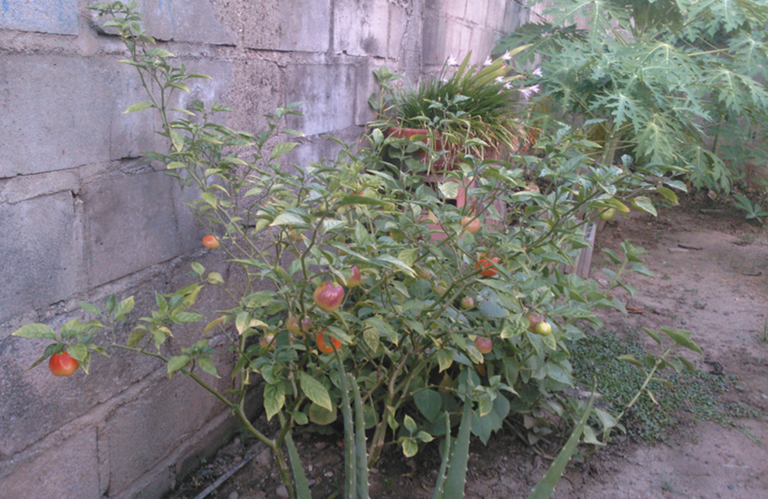
Fig. 4 Sweet bell pepper (Capsicum annuum) in its second production. Author: @lupafilotaxia.
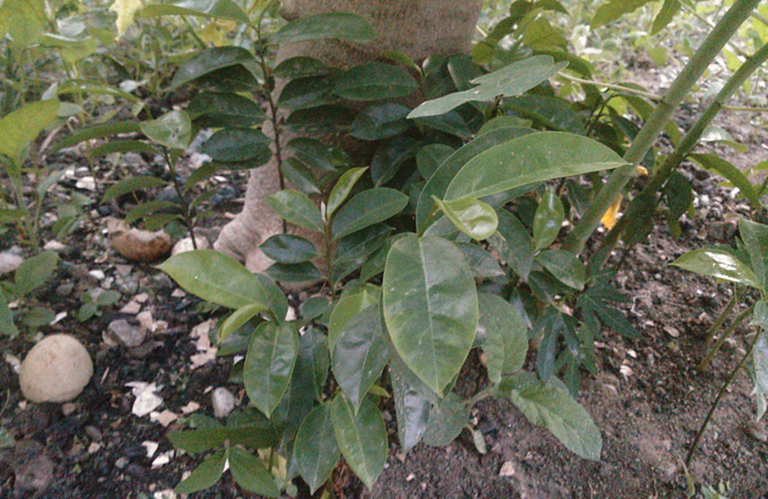
Fig. 5 Soursop seedlings (Annona muricata). Author: @lupafilotaxia.

Fig. 6 Orange Seedling (Citrus × sinensis). Author: @lupafilotaxia.
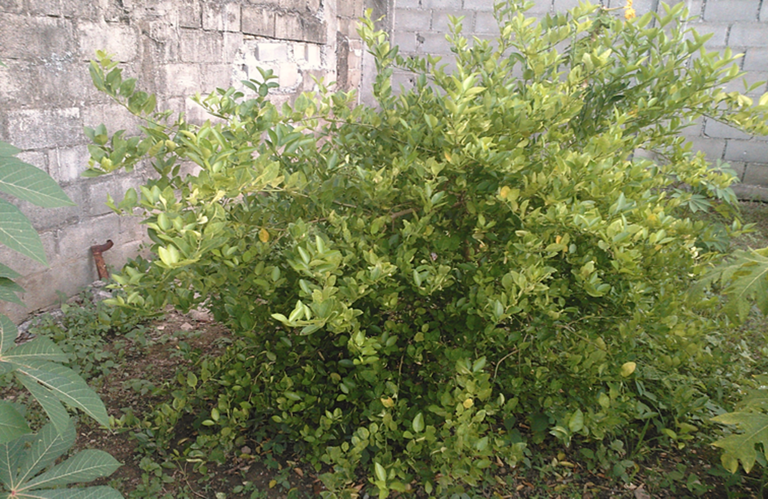
Fig. 7 Lemon (Citrus × limon). Author: @lupafilotaxia.
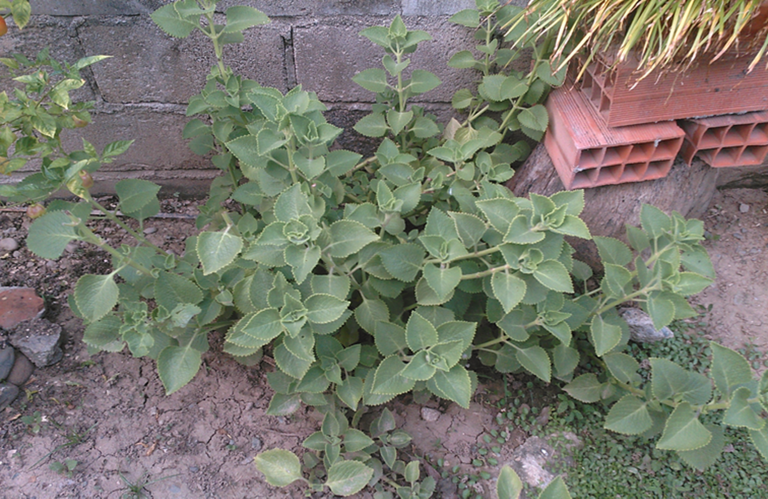
Fig. 8 Dried Oregano (Plectranthus amboinicus). Author: @lupafilotaxia.

Fig. 9 Aloe (Aloe vera). Author: @lupafilotaxia.
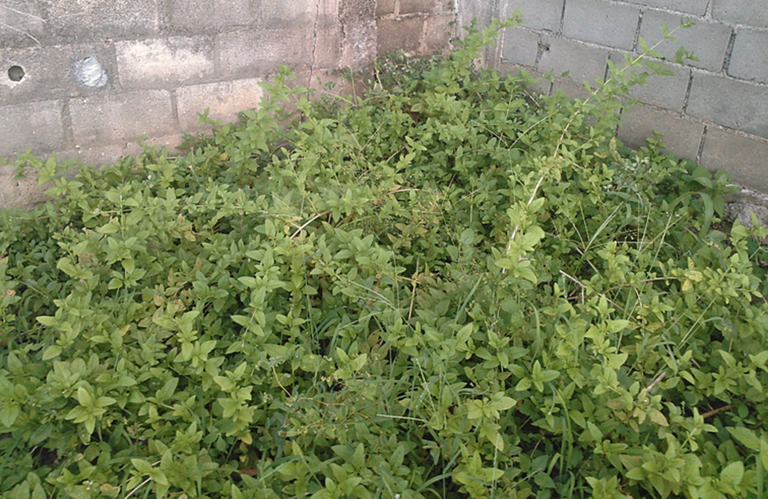
Fig. 10 Lemon Balm (Melissa officinalis). Author: @lupafilotaxia.
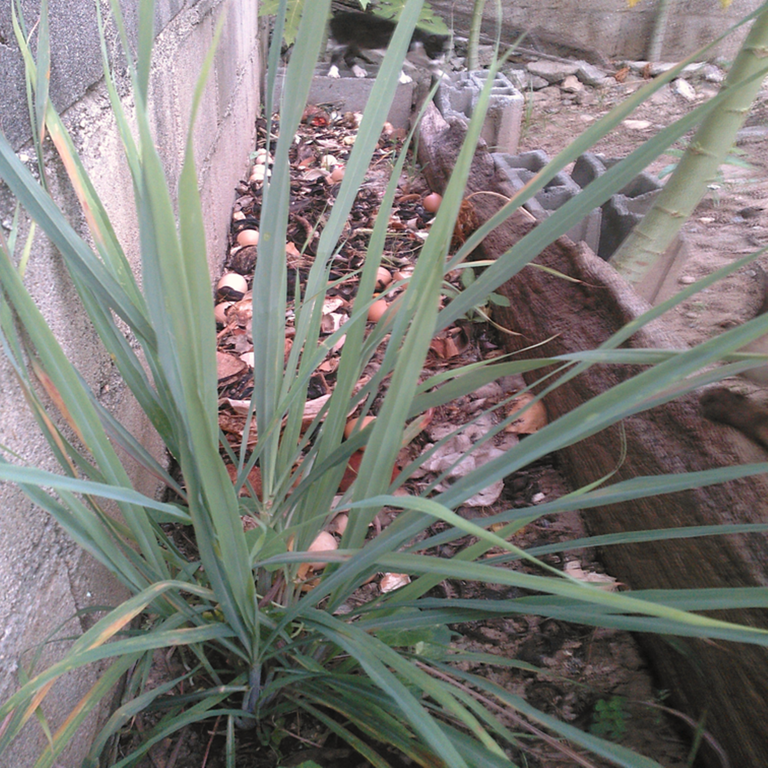
Fig. 11 Malojillo (Cymbopogon citratus). Author: @lupafilotaxia.

Fig. 12 Sour cane (of the gender Costus). Author: @lupafilotaxia.
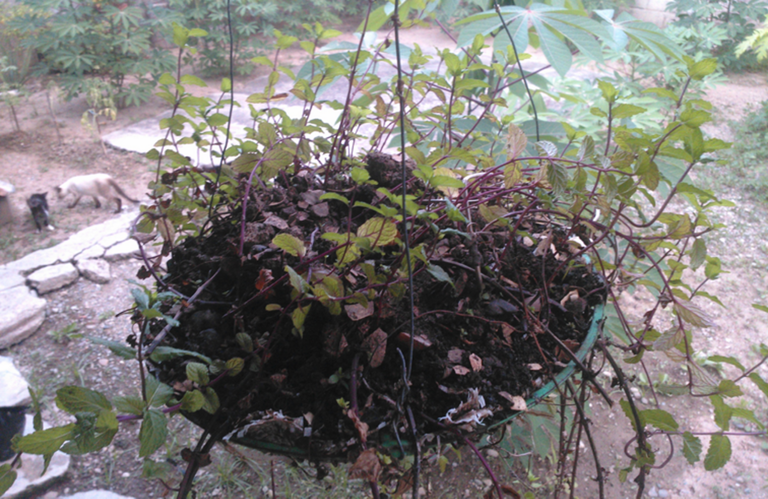
Fig. 13 Mint (Mentha spicata). Author: @lupafilotaxia.
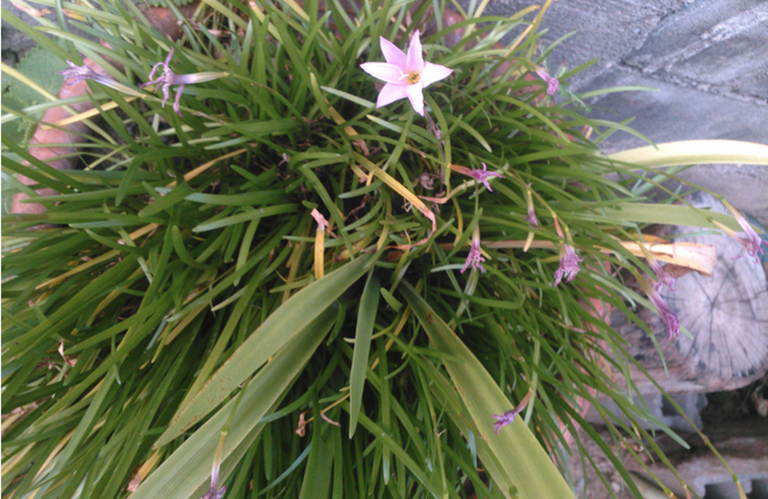
Fig. 14 Lily (Zephyranthes rosea). Author: @lupafilotaxia.
Therefore, what you will find in the following publications cannot be interpreted as a recipe book, since they are starting ideas so that you can easily recover your patios, and create your own family micro-gardens, in order to strengthen the bonds of solidarity, participation, commitment, and mutual help, in the search to harvest proactive attitudes in the home, through endogenous methods.

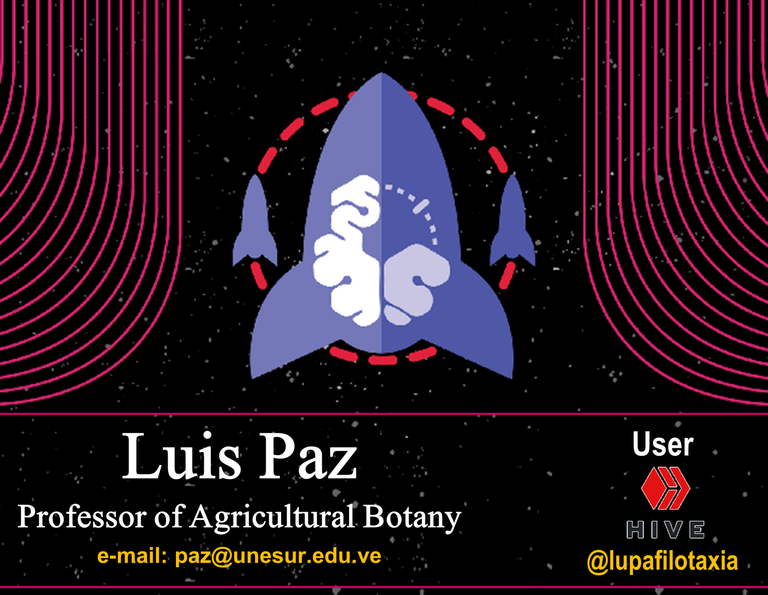
0
0
0.000
This post has been submitted to the OCD community curation initiative for some great upvotes! OCD are currently supporting posts in HIVE communities! Congrats and keep posting great content!
Good vibration in each of its activities.
Thanks for your support, I hope to continue sharing this kind of pleasant experience with all of you. Kind regards to the @ecoTrain team